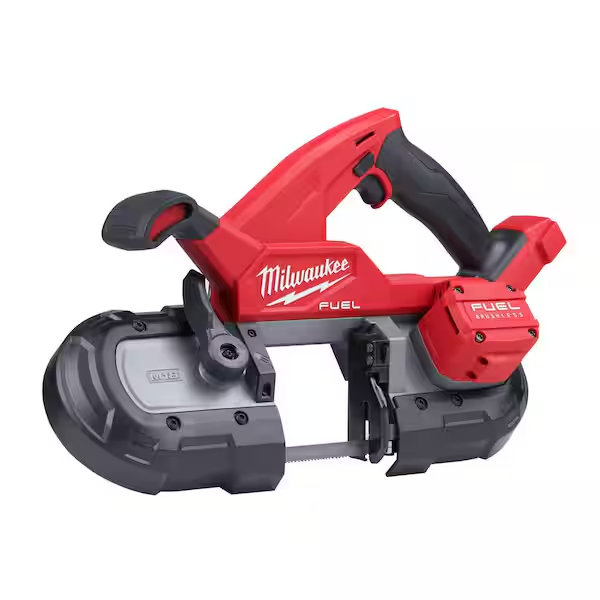
Mastering the Portable Band Saw: Safety First with a Firm Stop
Portable band saws are versatile tools for cutting through various materials, from wood to metal. While they offer convenience and efficiency, safety should always be a top priority. One crucial aspect of safe band saw operation is ensuring the stop is firmly placed against the workpiece. This article will delve into the importance of this practice, explore potential hazards, and provide essential safety guidelines for using a portable band saw.
Understanding the Role of the Stop
The stop is a critical component of a portable band saw. It’s a metal or plastic block that prevents the workpiece from shifting or moving during the cutting process. When the stop is firmly positioned against the material, it provides stability and reduces the risk of kickback, a dangerous situation where the workpiece is forcefully ejected from the saw.
Why a Firm Stop is Essential
A loose or improperly positioned stop can lead to catastrophic consequences. Here’s why maintaining a firm grip on the stop is paramount:
- Preventing Kickback: A secure stop helps anchor the workpiece, reducing the chances of it being unexpectedly propelled towards the operator. Kickback can cause severe injuries and damage to the saw.
- Ensuring Accurate Cuts: A stable workpiece allows for precise cuts. When the material is firmly held in place, the saw blade can follow the cutting line without deviation.
- Protecting the Blade: A shifting workpiece can put excessive stress on the saw blade, leading to breakage and potential injury. A firm stop helps protect the blade from damage.
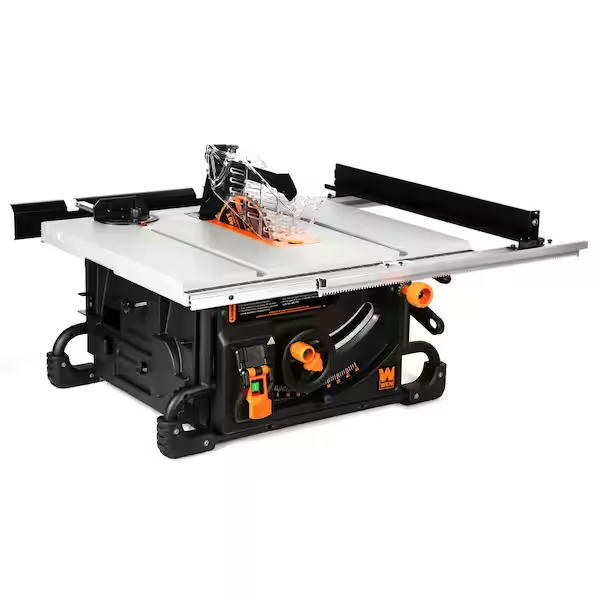
Common Hazards of a Loose Stop
Neglecting to secure the stop can result in a variety of hazards:
- Kickback Injuries: As mentioned, kickback is a primary concern. The force of the ejected material can cause severe injuries to the operator or bystanders.
- Material Damage: A loose workpiece can lead to uneven or inaccurate cuts, ruining the material and wasting time and effort.
- Saw Damage: Excessive stress on the blade due to a shifting workpiece can cause it to break, which can be dangerous and costly to repair.
- Property Damage: In extreme cases, a kickback can cause damage to the work area or surrounding equipment.
Safety Guidelines for Using a Portable Band Saw
To minimize risks and maximize safety when using a portable band saw, adhere to the following guidelines:
- Wear Appropriate Personal Protective Equipment (PPE): This includes safety glasses, hearing protection, gloves, and a dust mask.
- Inspect the Saw Before Use: Check for any damage to the saw, blade, or stop. Ensure all guards and safety features are in place and functioning correctly.
- Secure the Workpiece: Use clamps, vices, or other holding devices to secure the workpiece whenever possible.
- Position the Stop Correctly: Place the stop firmly against the workpiece, ensuring it is aligned with the cutting line.
- Maintain a Firm Grip: Keep a steady hand on the saw and the stop throughout the cutting process.
- Use the Right Blade: Choose a blade appropriate for the material you are cutting. A dull or incorrect blade can increase the risk of accidents.
- Avoid Force: Allow the saw to do the work. Excessive force can lead to kickback and other hazards.
- Take Breaks: Avoid fatigue by taking short breaks during extended cutting sessions.
- Properly Store the Saw: When not in use, store the saw in a secure, dry location, out of reach of children.
Additional Tips for Safe Band Saw Operation
- Practice Good Posture: Maintain a balanced stance and avoid reaching or overextending.
- Be Aware of Your Surroundings: Keep the work area clear of clutter and obstructions.
- Follow Manufacturer’s Instructions: Always refer to the owner’s manual for specific safety guidelines and operating procedures.
- Regular Maintenance: Keep the saw in good working condition through regular cleaning and lubrication.
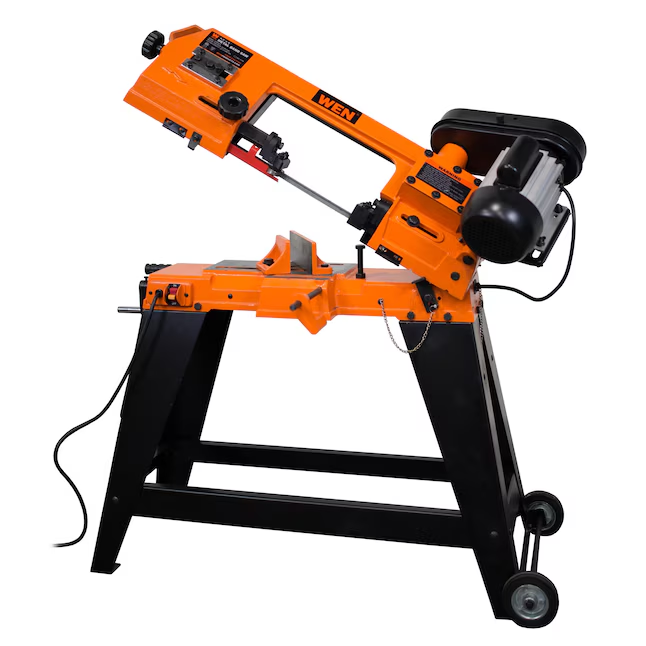
Tips for securely placing the stop
Proper placement of the stop is crucial for safe and efficient band saw operation. Here are some tips to ensure your stop is securely in place:
Choosing the Right Stop
- Material: Ensure the stop is made from a durable material that can withstand the forces exerted during cutting.
- Size: The stop should be large enough to provide adequate support for the workpiece but not so large as to obstruct the blade.
- Shape: A flat, rectangular stop is generally the most versatile.
Proper Placement
- Alignment: Position the stop directly in line with the cutting path to prevent the workpiece from shifting sideways.
- Contact: Ensure the stop makes full contact with the workpiece to provide maximum stability.
- Tightness: Adjust the stop to apply sufficient pressure without crushing or damaging the material.
Additional Tips
- Workpiece Support: Use clamps, vices, or other holding devices in conjunction with the stop for added security, especially when cutting large or heavy pieces.
- Material Considerations: Different materials may require different approaches to stop placement. For example, softer materials might require less pressure than harder materials.
- Blade Speed: Lower blade speeds can reduce the risk of kickback, allowing for less pressure on the stop.
- Operator Experience: With experience, you’ll develop a better sense of how much pressure to apply to the stop for different cutting situations.
By following these tips, you can significantly improve the safety and accuracy of your band saw operations.
Ensuring all safety features are in place
Before every use, it’s essential to conduct a thorough inspection of your portable band saw to ensure all safety features are in place and functioning correctly. These features are designed to protect you from potential hazards, so neglecting them can have serious consequences.
Understanding Key Safety Features
- Blade guard: This protective covering shields the operator from the moving blade. It should be securely attached and not obstructed in any way.
- Lower blade wheel guard: This guard encloses the lower part of the blade and prevents contact with the operator’s hands or clothing.
- Upper blade wheel guard: Similar to the lower guard, this protects the upper portion of the blade.
- Emergency stop: A readily accessible button or lever that immediately stops the saw blade.
- Non-slip feet: These provide stability and prevent the saw from moving during operation.
Inspection Process
- Visual inspection: Carefully examine the saw for any signs of damage, wear, or missing parts.
- Check blade guard: Ensure it’s securely fastened and doesn’t interfere with the blade’s movement.
- Inspect lower and upper blade wheel guards: Verify their integrity and proper alignment.
- Test emergency stop: Press the button or lever to confirm it stops the saw promptly.
- Examine non-slip feet: Check for wear and tear and replace them if necessary.
Additional Safety Tips
- Regular maintenance: Keep your band saw in good working condition through routine cleaning and lubrication.
- Blade condition: Inspect the blade for cracks, chips, or excessive wear. Replace damaged blades immediately.
- Work area: Maintain a clean and organized workspace to prevent accidents.
- Operator training: Familiarize yourself with the saw’s operation and safety features before use.
By diligently inspecting your band saw and following safety guidelines, you can significantly reduce the risk of accidents and injuries. Remember, safety should always be your top priority when operating any power tool.
Additional Considerations:
- Workpiece Material: The type of material being cut can affect the required clamping force. For example, softer materials may require less pressure on the stop compared to harder materials.
- Blade Speed: The speed of the saw blade can also influence the likelihood of kickback. Lower speeds generally reduce the risk.
- Operator Experience: Experienced operators are more likely to anticipate potential hazards and react accordingly.
By understanding the importance of a firm stop and implementing these safety measures, you can confidently and safely operate your portable band saw.
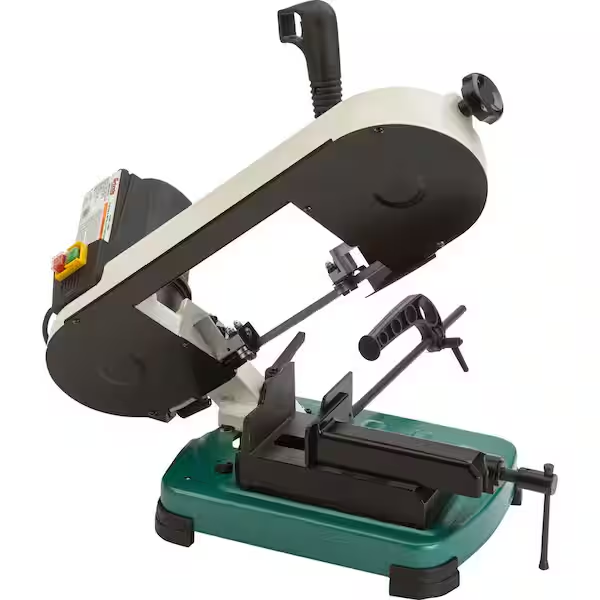
By prioritizing safety and following these guidelines, you can significantly reduce the risks associated with using a portable band saw. Remember, a firm stop is a vital component of safe operation. By consistently placing the stop against the workpiece, you can protect yourself, your work, and your equipment from harm.




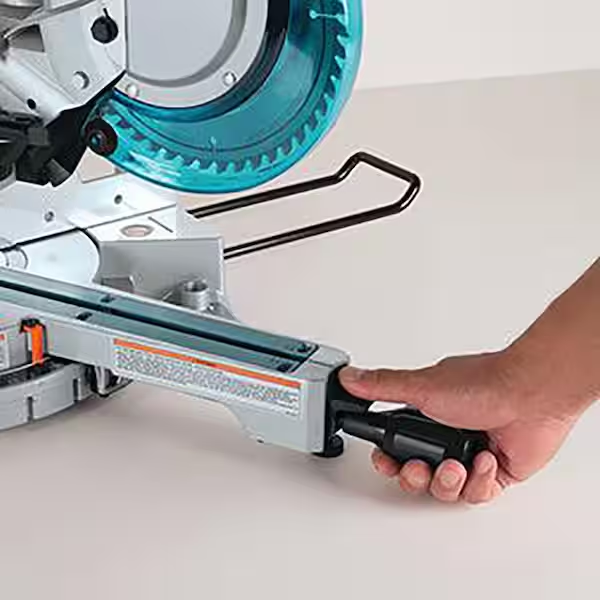
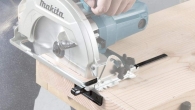
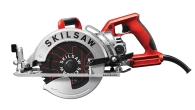
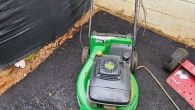

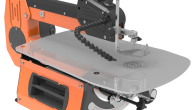
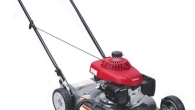

Leave a Reply